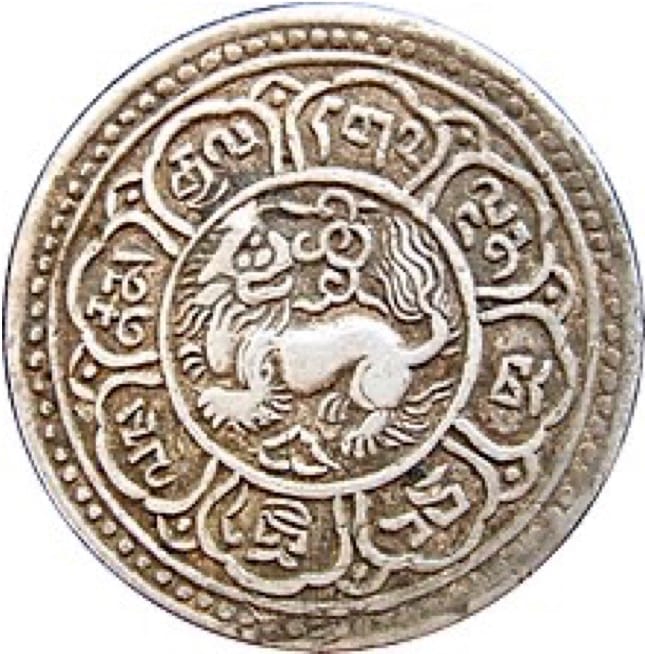Reanimating Tibet's Historic Currency in the Digital Age

For centuries (1909 - 1959), the Tibetan people used a unique and independent currency system, symbolizing not only their economy but also their sovereignty. The Tibetan "Srang" (pronounced "sang") was the primary currency until the mid-20th century, minted from silver and later replaced after Tibet's political landscape changed.
The original Srang represented more than just trade; it embodied Tibetan culture, independence, and identity. Today, as Tibetans face the challenges of displacement and globalization, there's an opportunity to revive this historic currency—this time, in digital form.
The New Sang (however it may be finally named as a crypto coin) is a modern reimagination of Tibet’s economic heritage, designed as a blockchain-based cryptocurrency. This digital currency will:
- Empower Tibetans with financial sovereignty, enabling secure, decentralized transactions.
- Foster economic independence for Tibetan communities worldwide.
- Create a global economic network for Tibetans in exile and supporters.
- Symbolize cultural preservation and innovation by blending ancient tradition with cutting-edge technology.
Reviving the Sang as a cryptocurrency is more than a financial step—it's a bold declaration of Tibetan resilience and a commitment to sovereignty in the digital era, where Tibetan culture thrives in the global digital economy.
And for sure the digital version will not be as complicated divided as the historic one: It circulated alongside the tangka until the 1950s and was divided into 10 sho, eachof 10 skar, with the tangka equal to 15 skar (1 srang = 6⅔ tangka). 😄
Member discussion